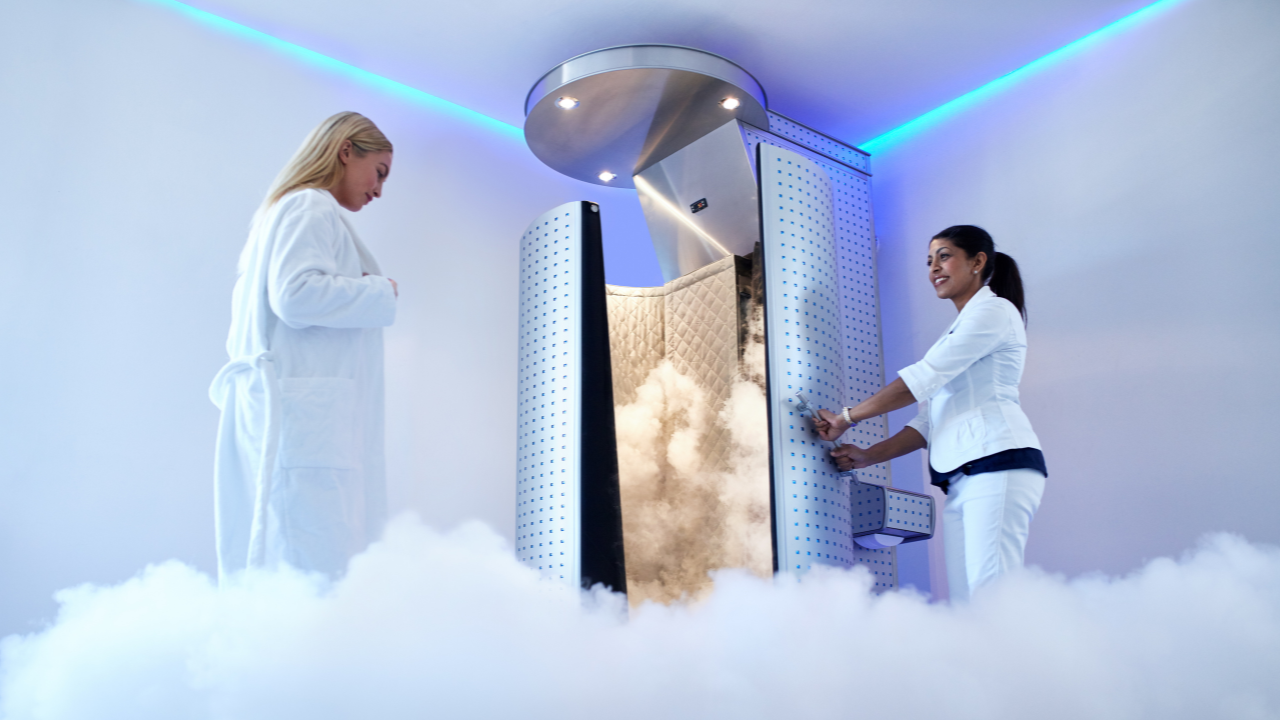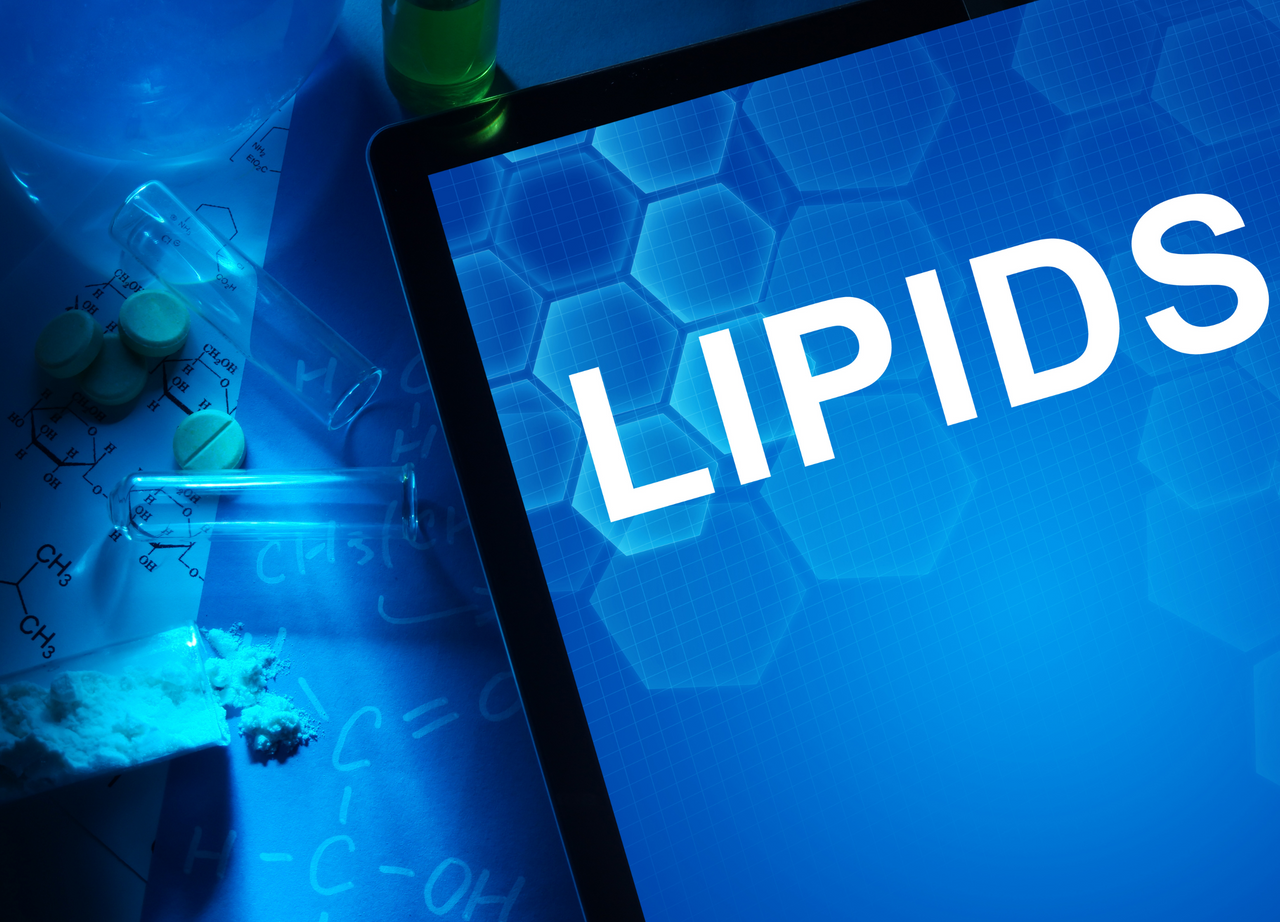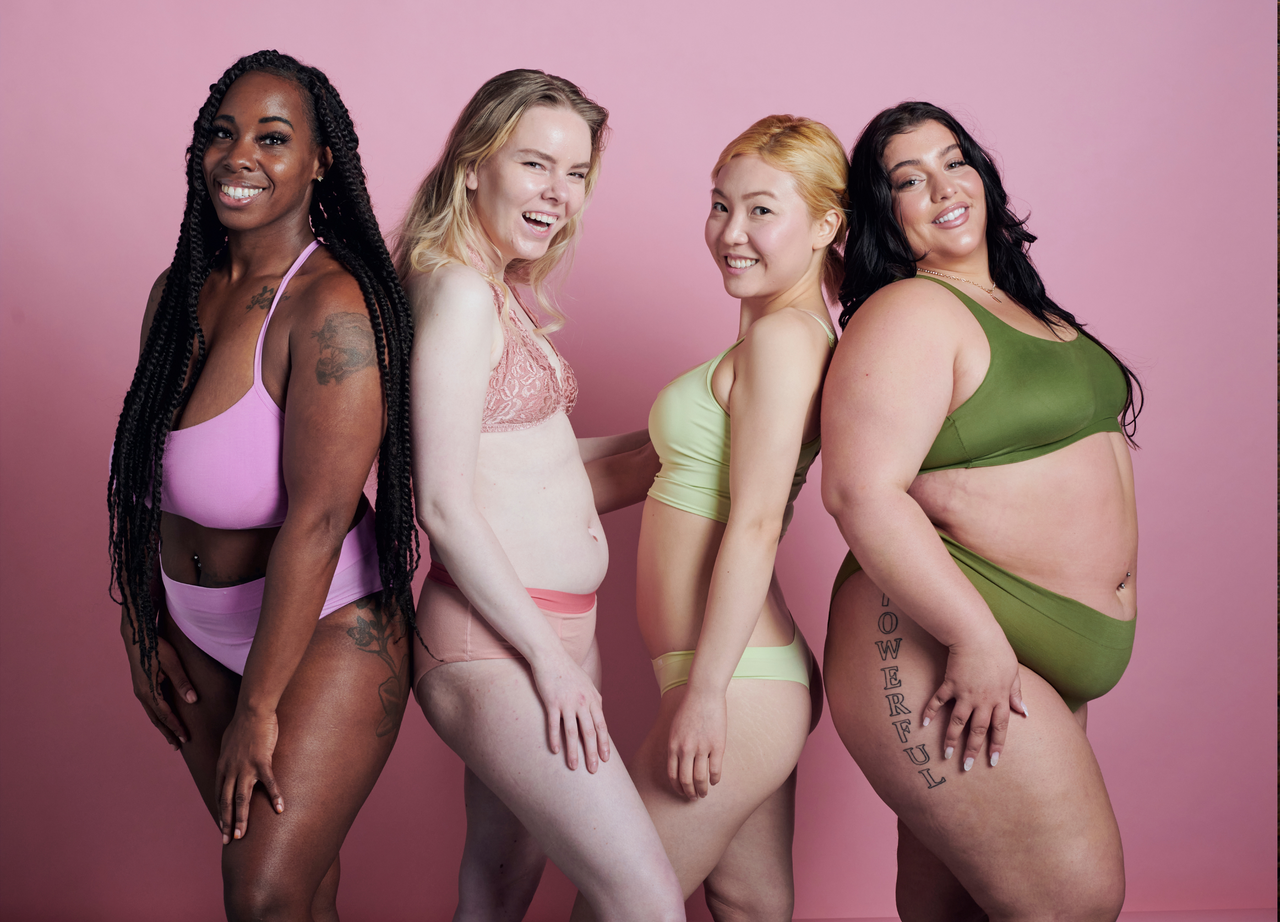Cryotherapy Is The Hottest Hype Right Now - Learn Why
Everyone experiences aches and pains every once in a while. Some of us have chronic issues with pain or inflammation. In fact, pain is so common that there are countless therapies on the market to help people manage their pain levels and feel more comfortable in their aching bodies.
One therapy that has gained popularity in recent years is whole-body cryotherapy. Cryotherapy, which literally means “cold therapy,” is a technique where the body is exposed to extremely cold temperatures for several minutes.
The most popular form of cryotherapy involves sitting in a cryotherapy booth for 3–5 minutes. Some people undergo cryotherapy facials, which apply cold to the face only. Others use a cryotherapy wand to target specific areas, such as a painful joint. Most people use the term cryotherapy to refer to whole-body cryotherapy. This means ones head usually stays at room temperature while the tank encloses the rest of the body. Prior to the treatment, participants need to put protective coverings on their hands, feet, and ears. Most people only wear underwear in addition to these.
What Is Cryotherapy?
Sitting in a cold tank might seem an odd path to take to get healthy. But the trend, which goes by the name of cryotherapy, is becoming increasingly popular.
People, including famous “Iceman” Wim Hof, claim that extreme cold can improve mental and physical health and even prolong life.

Whole-body cryotherapy is a kind of cryogenic therapy where you expose your body to very cold temperatures for a short time. The theory is that the cold helps with inflammation and reduces your pain or other symptoms. Supporters of the treatment argue that it works the same way as using ice to ease swelling.
Localized, Or Whole-Body Cryotherapy?
Cryotherapy can be delivered to just one area, or you can opt for the whole-body cryotherapy. Localized cryotherapy can be administered in a number of ways, including through ice packs, ice massage, coolant sprays, ice baths, and even through probes administered into tissue.
The theory for whole-body cryotherapy (WBC) is that by immersing the body in extremely cold air for several minutes, you could receive a number of health benefits. The individual will stand in an enclosed chamber or a small enclosure that surrounds their body but has an opening for their head at the top. The enclosure will drop to between negative 200–300°F. They’ll stay in the ultra-low temperature air for between two and four minutes.
What Are The Benefits Of Cryotherapy?
- Cryotherapy can reduce migraine symptoms
Cryotherapy can help treat migraines. It can relieve chronic pain by cooling and numbing the nerves in the neck area. One study found that applying a neck wrap containing frozen ice packs to the carotid arteries in the neck particularly reduced migraine pain in those tested. It’s thought that this works by cooling the blood passing through intracranial vessels. The carotid arteries are close to the skin’s surface which makes them easily accessible.
- Cryotherapy can help with post-workout recovery.
Cryotherapy may reduce soreness after a workout. It does not seem to enhance exercise performance for your next workout, though. Also, it does not seem to reduce the amount of muscle damage caused by intense exercise.
- Cryotherapy can dampen nerve irritation
Many athletes have been using cryotherapy to treat injuries for years, and one of the reasons why is that it can numb the pain. The cold can actually numb an irritated nerve. Doctors will treat the affected area with a small probe inserted into the neighboring tissue. This can help treat pinched nerves or even alleviate acute injuries.
- Cryotherapy can help treat mood disorders
The ultra-cold temperatures in whole-body cryotherapy can cause physiological hormonal responses. This includes the release of adrenaline, noradrenaline, and endorphins. This can have a positive effect on those experiencing mood disorders like anxiety and depression. One study found that whole-body cryotherapy was actually effective in short-term treatment for both. Research findings that cryotherapy may reduce inflammation suggest that it could treat mental health conditions linked to inflammation. Some preliminary research on cryotherapy and mental health also supports this claim.
A small 2008 study found that in a third of people with depression or anxiety, cryotherapy reduced symptoms by at least 50 percent. This was a much greater reduction than in people who did not undergo cryotherapy.
- It reduces arthritic pain
Localized cryotherapy treatment isn’t the only thing that’s adequate for treating severe health conditions; one study found that whole-body cryotherapy greatly lessened the feeling of pain in people with arthritis. They also found that the therapy was well-tolerated. It also allowed for more assertive physiotherapy and occupational therapy as a consequence. This finally made rehabilitation programs more effective.
- It may help control dementia and Alzheimer’s disease
More research certainly is required to evaluate the effectiveness of this strategy, it’s theorized that whole-body cryotherapy could help contain Alzheimer’s and other types of dementia. It’s believed that this may be an adequate treatment because the anti-oxidative and anti-inflammatory effects of cryotherapy could assist in fighting against the inflammatory and oxidative stress responses that happen with Alzheimer’s disease.
- Cryotherapy treats atopic dermatitis and other skin conditions
Atopic dermatitis is a chronic inflammatory skin disease with easily recognizable symptoms of dry and itchy skin. Because cryotherapy can improve antioxidant levels in the blood and can simultaneously reduce inflammation, it makes all the sense that both localized and whole-body cryotherapy can help treat atopic dermatitis. Another study investigated its effect on acne, targeting the sebaceous glands.
Things To Keep In Mind
Whole-body cryotherapy is not a medical treatment. You don’t need a doctor to prescribe it for you, which also means there are no guarantees that it will work as desired for you. You can get whole-body cryotherapy at places like gyms, spas, and wellness centers. Keep in mind it isn't an FDA-approved procedure. Anecdotal evidence does suggest that cryotherapy could help with a range of concerns, ranging from slowing or reversing skin aging, to supporting fat loss and preventing chronic diseases.
Until further research is conducted that would possibly support these assertions, it is nearly impossible to specify accurately just how effective cryotherapy actually is.





